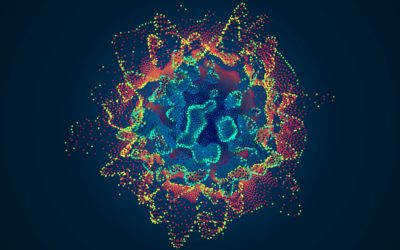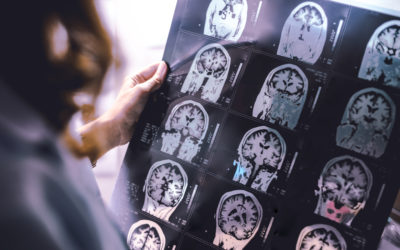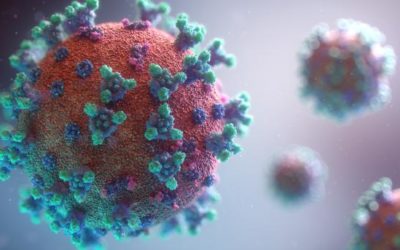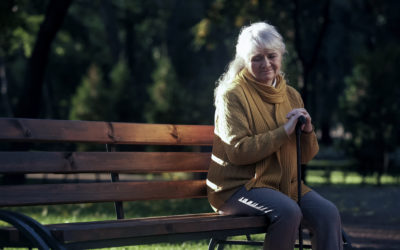
I have reported multiple times on loneliness during the pandemic – mostly because interest and research into loneliness has taken a large uptick.
I have also reported on how to combat this and was happy to see that a piece of research just out proved what I had already proposed and gives some solid evidence to this (and why). Not only that but it shows how best to use one’s leisure time – and achieve more life satisfaction.
The study out of Penn State looked at international university students who may be more susceptible to loneliness because they are in a new environment with less of a social network. Also, the pandemic disrupted many social activities that help these students to integrate.
What they found is that those who could engage in meaningful activities while alone felt less lonely even if these activities didn’t involve social contact. Hence, they conclude that it is the activity that one engages in, particularly in leisure time that contributes strongly towards feeling lonely or not.
They also note that getting into the state known as “flow” (which I also reported on here) also decreases propensity for loneliness and this is also positively correlated with doing meaningful activities.
So, use your time to engage in meaningful activities which will also enable to you to get into flow – and simply feel better with yourself and your life! Which incidentally is one of the reasons I write so much…
Reference:
Liang-Chih Chang, John Dattilo, Fei-Hsin Huang.
Relationships of Leisure Social Support and Flow with Loneliness in International Students in Taiwan: Implications during the COVID-19 Pandemic.
Leisure Sciences, 2022; 1
DOI: 10.1080/01490400.2022.2056550
More Quick Hits
Babies born with five from seven functional brain networks
In the 1950s the blank slate theory was the most prominent theory ascribed to babies. They are born blank slates and then their experiences allow them to develop their networks thoughts, associations, etc., and just about everything else. Though this theory is long...
Your brain on near-death experiences
Near-death experiences have fascinated many people ever since they have been reported. And these experiences guide our view of how we die: the memories of your life passing in front of your eyes, the tunnel of light, the floating movement towards a bright light....
Social networks grow your brain
The headline is a bit “click baity” but it is what a group of researchers found. To be more specific they found in macaques (cute monkeys) in the wild that having more grooming partners grew different regions of the brain. Grooming is the primate version of having a...
What do creative brains look like?
We’d probably all be happy to be a bit more creative — though research into our own opinions show that many people do actually consider themselves to be above average in creativity. An obvious self-bias. This is where scientists who study creativity come in and find...
New gender biases discovered
There have been many studies on gender biases, and I have followed, written, and spoken about many of these biases over the years (over a decade actually) but two studies have just come out that caught my eye. One out of New York University focused on gender natural...
Growth of your brain over your life
So, we all know that our brain grows very quickly as babies and children and then after a certain age, younger than some of us may like to think, there begins a slow decline. But precisely what and how is the question. Well, this is a question that an international...
COVID on the Brain
Many COVID-19 patients have reported various neurological symptoms – the well-known brain fog, but also headaches and decreased cognitive function over months and extended periods of time. This even without serious infection or hospitalization. The research seems to...
Life satisfaction after work related to personality traits
As many of you know I have done plenty of work into personality and so found this study interesting. Dusanee Kesavayuth of Kasetsart University in Bangkok, Thailand analysed data from 2,000 adults aged between 50 and 75 in the British Household Panel Survey and found...
Unique regulation of brain in yoga practitioners
Quick HitsDaily brief research updates from the cognitive sciences es, you yoga practitioners knew you were special and here is the science to prove it! In this older study I came across (2018) participants were recruited to see how they dealt with...
Neurodivergence and the lonely brain
Quick HitsDaily brief research updates from the cognitive sciences eurodivergence is term that describes those that are not “neurotypical” such as those with autism and ADHD. In the surge of research into loneliness spurred by the pandemic it has...










